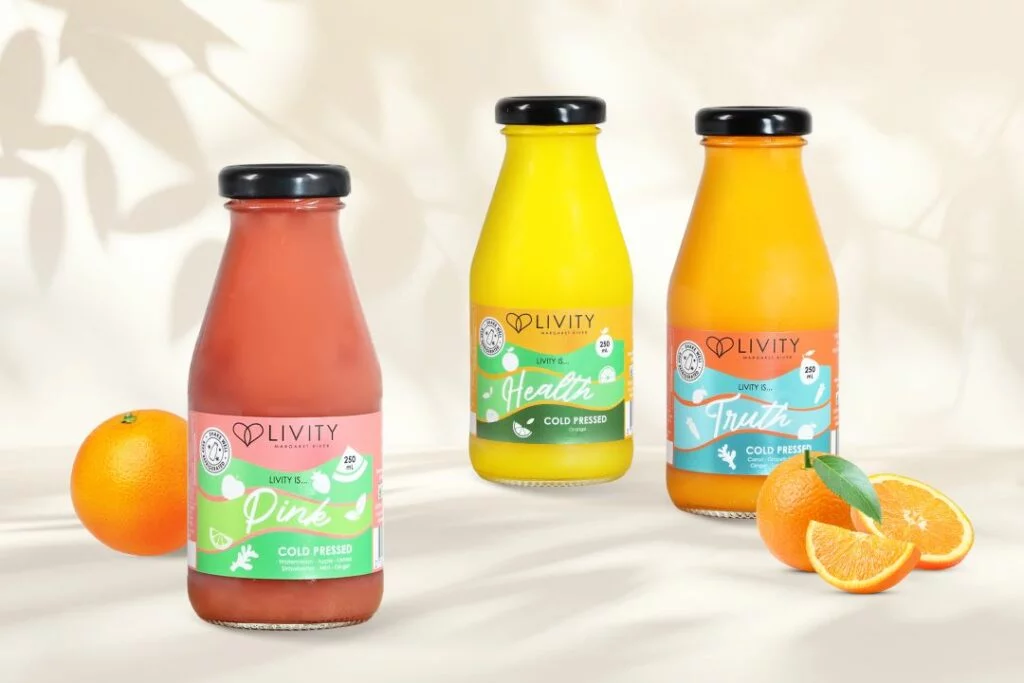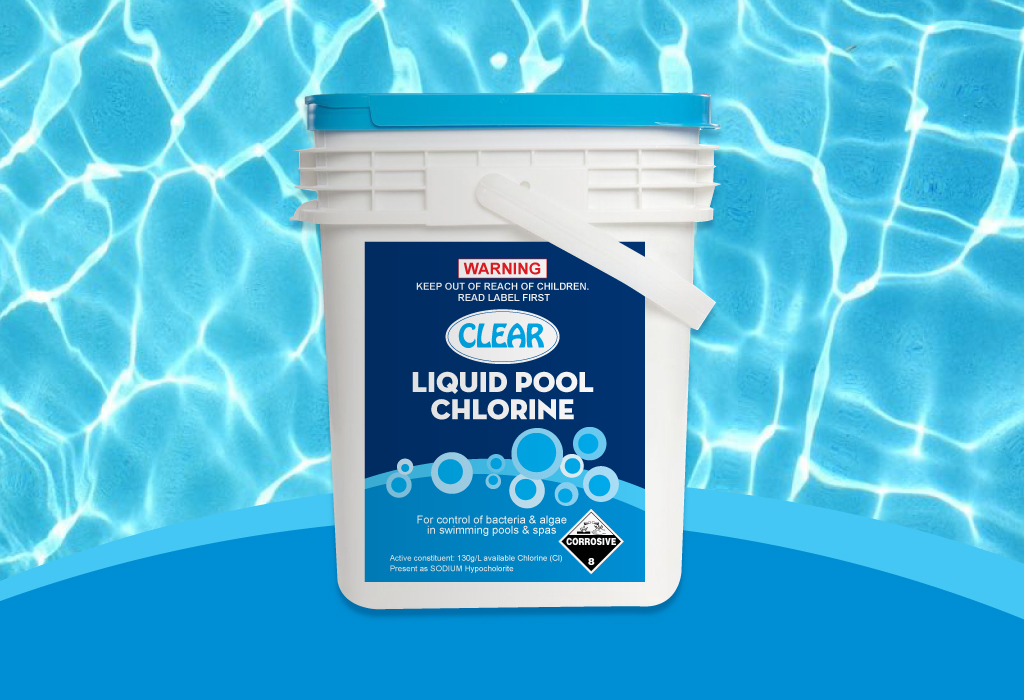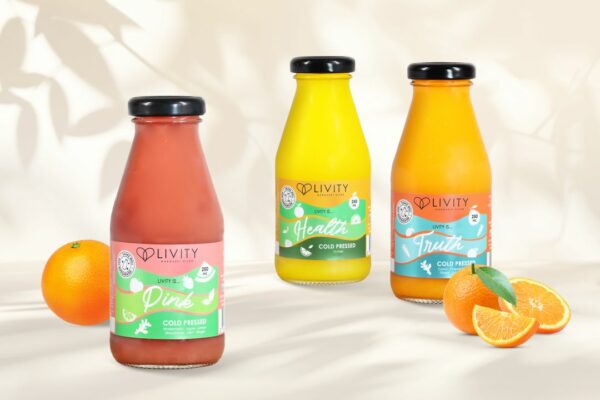I. What’s A Barcode Label?
A barcode label is a label that contains a series of parallel black bars and spaces representing data in a visual format. These bars encode information that can be read by a barcode scanner, allowing for quick and accurate retrieval of data, such as product details, pricing, or inventory numbers. Barcode labels are commonly used in retail, healthcare, manufacturing, and logistics industries to streamline processes like tracking, identification, and inventory management.
Barcode labels offer several benefits, such as enhancing accuracy, reducing human errors, improving inventory control, and speeding up checkout processes. Their use improves overall efficiency and traceability within various operational workflows.
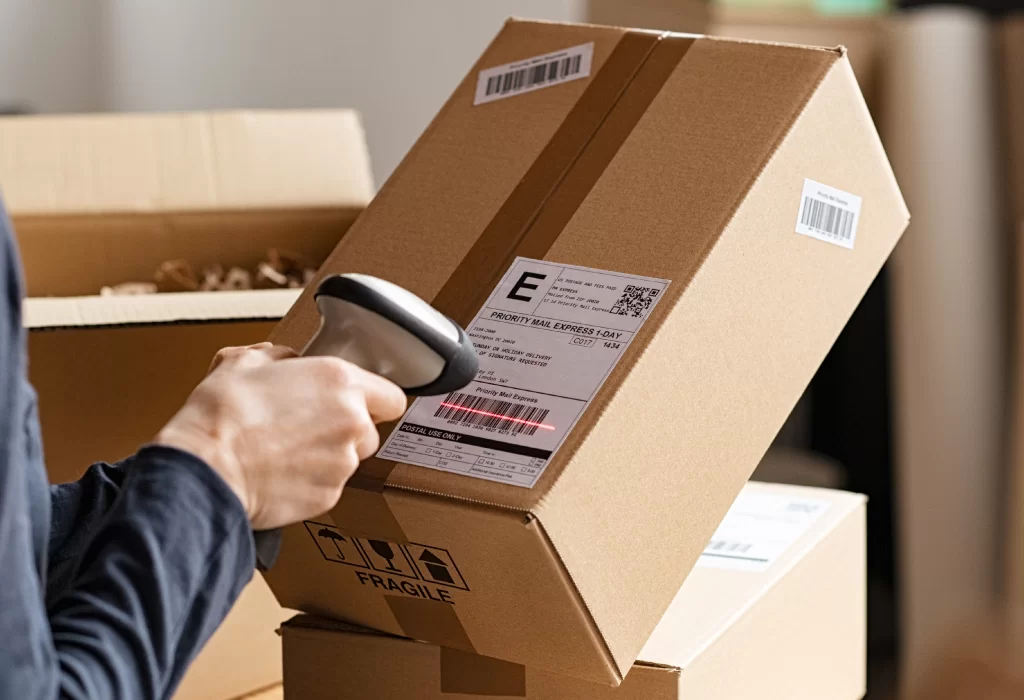
The first thing to keep in mind about barcodes are GS1 Standards. So what makes them so important?
- They develop business standards for communication amongst companies worldwide, ensuring your barcode labelling can be used anywhere in the world.
- They streamline the supply chain process.
- They eliminate scanning errors.
- They are user-generated and maintained by a global community of volunteers.
Some important standards to comply with are:
- Global Location Number (GLN): The GLN makes it possible to identify the legal, physical, and functional location of a supplier. Furthermore, by using a standardised format, a GLN can be recognised worldwide.
- SSCC Labels: Serial Shipping Container Code labels allow companies to identify any logistic unit, meaning they are vital for traceability from start to finish.
- Batch Numbers: A batch number is used as a way to identify a group of products produced at the same time. This helps with streamlining inventory management and traceability.
II. What Types Of Barcode Labels Are There?
1. Linear Barcode Labels
Linear barcodes, also known as 1D barcodes, are the most common form of barcode. They consist of a series of parallel lines of varying widths and spaces that represent data when scanned. These barcodes are used extensively on consumer goods, as well as in retail, warehousing, and logistics for tasks such as product identification and inventory tracking.
As per GS1 Australia, examples of this are EAN-8 barcodes, UPC-A barcodes, and GS1-128 barcodes. Linear barcodes require barcode scanners to interpret the information, and while they are efficient for smaller amounts of data, they are limited in capacity compared to other barcode types.
2. 2D Barcode Labels
Two-dimensional (2D) barcodes store information both horizontally and vertically, allowing them to contain significantly more data than 1D barcodes. They are capable of encoding text, URLs, or other forms of data and can be read using smartphones or specialised barcode scanners.
QR codes are widely used in marketing campaigns, digital payments, and shipping processes due to their versatility and high data storage capacity. They are also more resilient to damage, as they can still be read even if partially obstructed.
3. Specialised Barcode Labels
Specialised barcode labels cater to specific needs and environments.
- RFID (Radio Frequency Identification) tags, for example, do not rely on visual scanning but instead use radio waves to transmit data over short distances, making them ideal for asset tracking and security purposes.
- Vinyl barcode labels are designed to withstand harsh conditions, including weather exposure, making them suitable for outdoor applications.
- Direct thermal labels, which use heat to print, are cost-effective and best suited for short-term applications like shipping and dispatches.
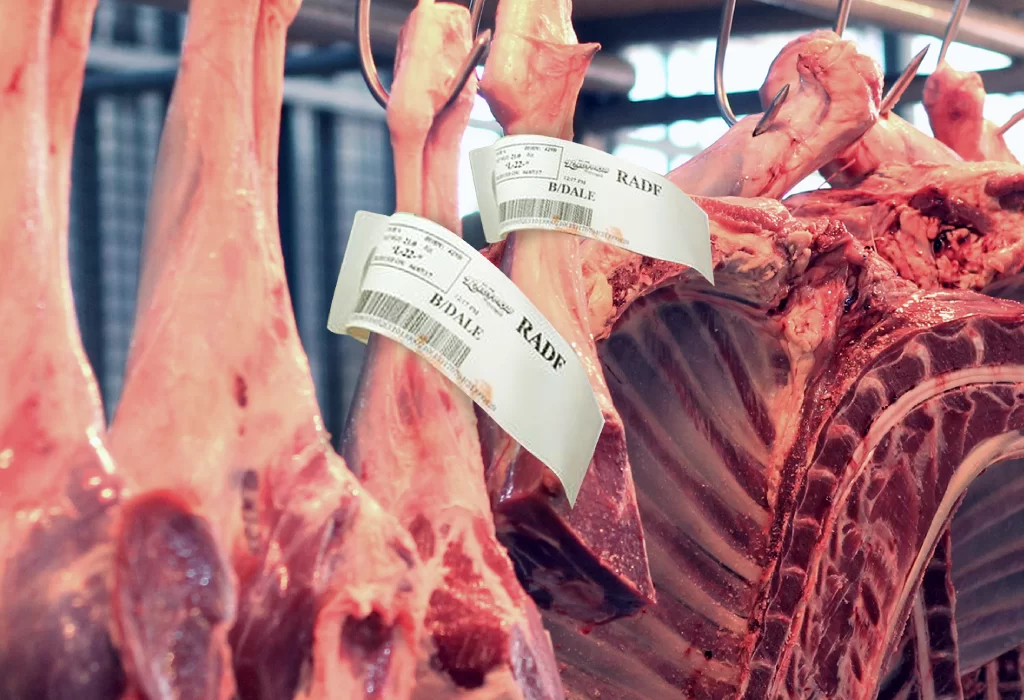
III. Explore Barcode Labels’ Possibilities At QLM Group
Barcode labels are vital for accurate tracking and inventory management across all industries. As the expertise in this field, here are the tailored barcode label solutions from QLM Group:
- Customised barcode labels: Available in various sizes and unique shapes to fit specific product requirements.
- Barcode printing solutions: We provide printers, ribbons, blank and thermal labels, and printing software, enabling customers to print their own barcode labels efficiently.
- Variable data printing: Featuring serial numbers & barcodes for enhanced product identification.
Explore more: Variable data printing for Meat Works
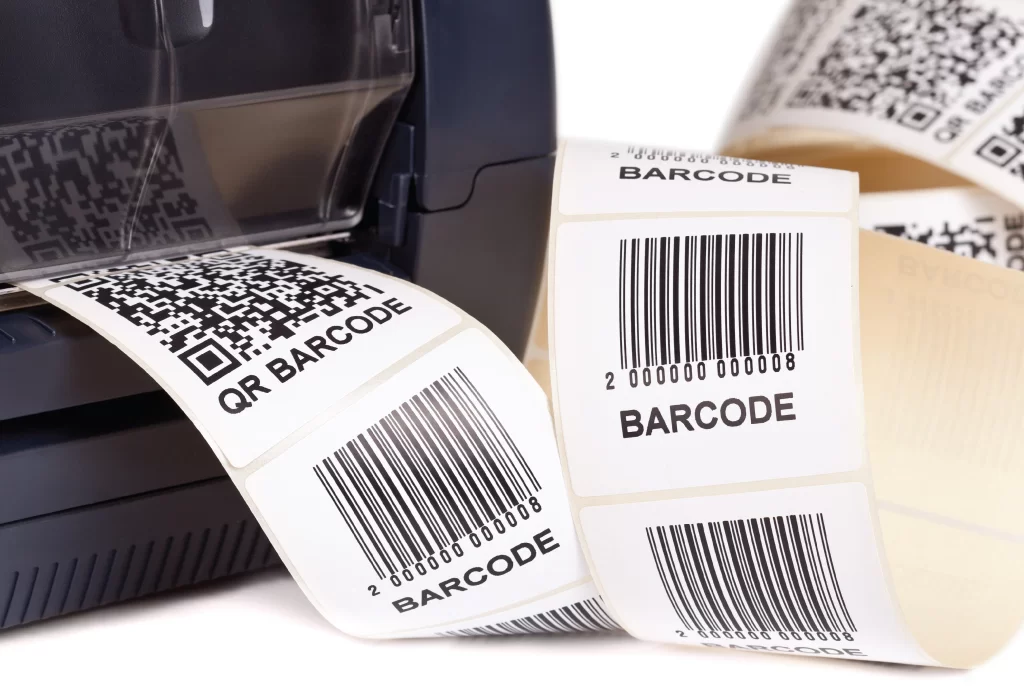
For those interested in benefiting from the tailored solutions above, contact QLM Group today to integrate advanced barcode solutions into your business!






